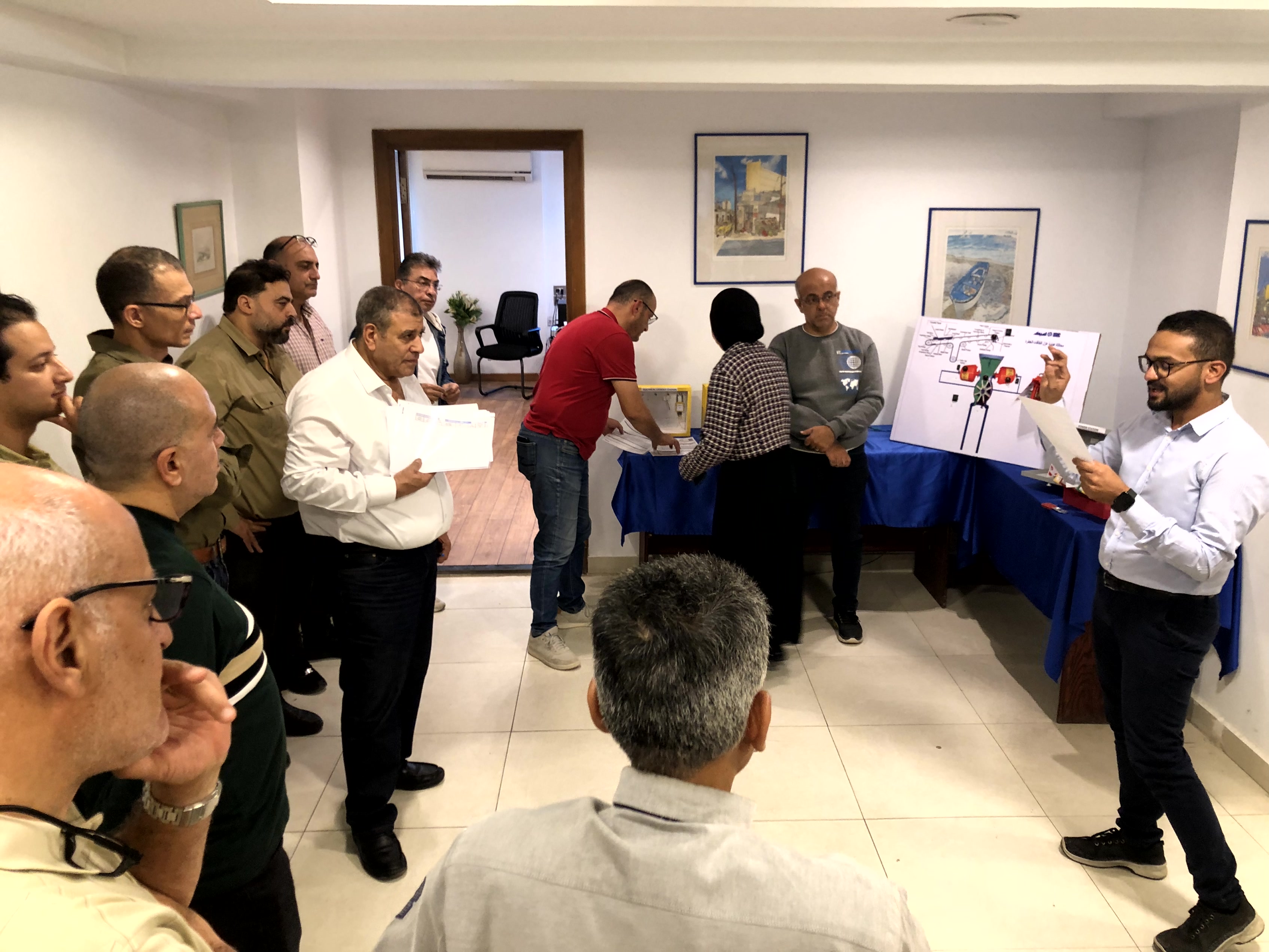

Our Road Safety Program is designed to enhance driver awareness and reduce road-related risks through comprehensive training on defensive driving techniques, proactive vehicle maintenance, and strict adherence to safety protocols. By implementing a real-time monitoring system, we can track vehicle performance, identify potential hazards, and take immediate corrective actions. This proactive approach ensures compliance with safety regulations, minimizes accidents, and fosters a culture of responsibility and vigilance.
Lifting and material handling operations are one of the leading causes of workplace injuries. The Lifting Operations Safety Program will provide clear procedures for safely conducting lifting activities, including proper equipment inspection, use of lifting slings and hoists, and guidelines for supervising lifting operations. We are also working on introducing new technologies to ensure that all lifting operations are carried out with the highest level of safety.
In industries dealing with coal, proper safety measures are essential to prevent accidents such as dust explosions, fires, and equipment malfunctions. The Coal Shop Safety Program will include strict guidelines on managing coal handling, storage, and processing. This program will focus on minimizing dust accumulation, using spark-resistant tools, conducting regular inspections, and ensuring that all employees are trained on emergency response procedures in case of fire or explosion.
Working in confined spaces poses unique challenges and risks, including limited ventilation, toxic gases, and the potential for entrapment. The Confined Space Safety Program will provide a comprehensive framework for ensuring the safety of employees working in such environments. This includes detailed training on the use of personal protective equipment (PPE), air monitoring, emergency rescue plans, and the need for permits before entering confined spaces. Our goal is to ensure that all workers are fully equipped and prepared to work safely in these high-risk areas.
Our Risk Assessment Program is designed to identify potential hazards in the workplace, assess their severity, and implement control measures to minimize risks. We are developing detailed templates and training materials for conducting thorough risk assessments in various work areas. These assessments will be regularly reviewed and updated to adapt to any changes in the work environment or operations. The program will also include the use of risk matrices and hazard analysis tools to prioritize risk control measures.
Working at height presents significant risks, including falls, dropped objects, and unstable working conditions. Our Working at Height Safety Program focuses on implementing strict safety measures such as fall protection systems (harnesses, guardrails, and lifelines), proper ladder and scaffolding usage, and a permit-to-work system to ensure all tasks at height are assessed before execution. Additionally, the program includes risk assessments, training on hazard awareness, and emergency rescue procedures.
Hot work activities, including welding, cutting, brazing, and grinding, present significant fire and explosion risks. Our Hot Work Safety Program will provide comprehensive guidelines on how to conduct these tasks safely. This includes ensuring the use of fire-resistant clothing and proper equipment, monitoring for flammable materials, and setting up fire watch procedures during and after the work is completed. We are also developing a robust permit-to-work system to ensure all hot work activities are thoroughly evaluated for risks before they are approved. Working with hot materials, whether in manufacturing or maintenance, can lead to severe burns or accidents. The Hot Material Handling Program will outline the necessary precautions for safely handling hot materials, including the use of heat-resistant gloves, shields, and tools, as well as training workers on the hazards associated with high-temperature substances. We will also implement clear guidelines for material storage and transportation to prevent accidental contact or spillage.
One of the most critical aspects of workplace safety is ensuring that all sources of energy (such as electrical, mechanical, hydraulic, and pneumatic) are properly isolated during maintenance or repair work. Our Energy Isolation Program focuses on establishing clear procedures for isolating energy sources, using lockout/tagout/tryout (LOTOTO) systems, and implementing effective verification methods to confirm isolation. This program aims to prevent accidental releases of energy that could result in injury or damage.